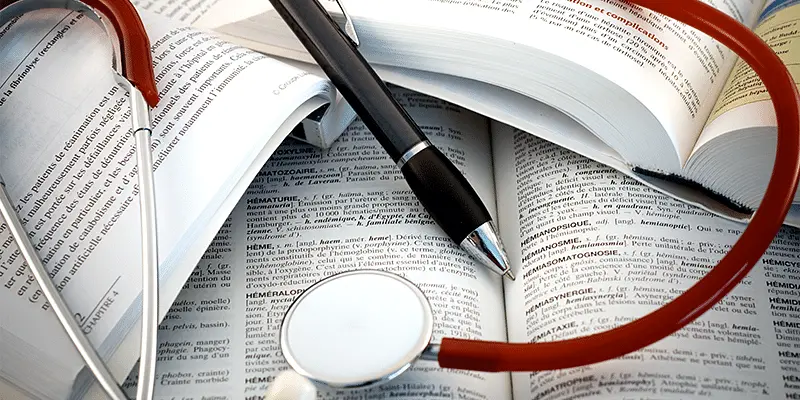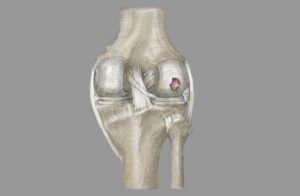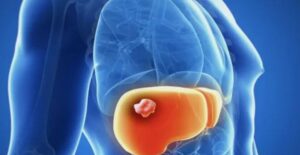CPT modifiers are codes that add details to a CPT or HCPCS code, such as whether the procedure was carried out under unique conditions or was more complex than typical. The fundamental idea behind all medical coding is the same: ICD-10 codes, which reflect medical diagnoses, and CPT and HCPCS codes, which indicate performed operations, generate a record of a medical visit for billing purposes.
CPT Code Current Procedural Terminology:
The CPT Code is a set of standardized medical codes that serves as a common language for physicians, healthcare providers, and administrative organizations to record and communicate medical, surgical, radiological, laboratory, anesthetic, genomic sequencing, evaluation, and management (E/M) services. Its main goals are to improve reporting precision, optimize workflow, and increase productivity.
CPT Code Modifier:
Two-digit codes called CPT modifiers are associated with the CPT and offer an additional explanation of the procedures and/or evaluation and management (E/M) that were carried out during the office visit.
Most Frequently Used CPT Code modifiers:
CPT Modifier 22 Increased Procedural Service:
An increased workload related to an operation is denoted by modifier 22. Only in extreme circumstances can this modification be used, as payors typically demand proof of the service before they would pay. When there is an increase in technical complexity or the patient’s condition is severe, the 22 CPT modifiers might be employed during operations or other treatments. 22 can be applied, for instance, if there is excessive or unexpected bleeding occurring during a procedure.
CPT Modifier 25 Service that is Significant and Separately Identifiable:
If a major, individually identifiable evaluation and management (E/M) service is performed on the day of the treatment or other service by the same physician or other qualified healthcare provider, Modifier 25 is utilized. Reports of surgical operations, lab tests, X-rays, and supply codes that are recorded as individually designated E&M services carried out on the same day as another procedure are filed under this category. Modifier 25 might be recorded with the E&M service if the patient arrives at the office and a procedure was not planned.
CPT Code Modifier 26 Professional Service:
When a service contains both technical and professional components, modifier 26 designates the professional component. For instance, in radiology services, the technical component is the machinery, while the professional component is the doctor’s note on the scans. A written report, result interpretation, and technician supervision are examples of the professional component.
Modifier 26 should be used for the following:
- To only charge for the test’s professional component when the practitioner uses a hospital’s or facility’s equipment.
- To provide the doctor’s unique, distinct, signed, and written interpretation of a test.
CPT Code Modifier 50 Bilateral Procedure:
Bilateral procedures were carried out in the same session, according to CPT modifiers 50. For example, this modifier would be reported when billing for a bilateral mastectomy using CPT code 19303 (Mastectomy, easy, complete). It is crucial to verify that bilateral is not included in the CPT code definition’s description before adding this modifier.
CPT Modifier 51 Multiple Procedures:
When a doctor performs several procedures in a single session, it is indicated by CPT Modifiers 51. Modifier 51 is employed to signify:
- Different or additional procedures carried out during the same session
- The same process is carried out repeatedly at the same location.
- The same process is carried out repeatedly at several locations.
Without the modification, the primary process may be reported first. Modifier 51 can be appended to the code in order to identify additional procedures.
CPT Code Modifier 52 Reduced Services:
The physician’s decision to partially reduce or remove the service or procedure is indicated by modifier 52. Although not all of the fundamental service specified by the CPT code has been finished, it has been carried out. CPT Modifiers 52 should be added when a doctor solely operates on one side during a bilateral operation.
For example, if a doctor operates on a six-year-old child and conducts a unilateral tonsillectomy. Submit CPT code 42820 and append modifier 52. Modifier 52 should not be added, nevertheless, if the CPT code description mentions “unilateral or bilateral” for example, unilateral nasal endoscopy, CPT code 31231.
CPT Code Modifier 59 Distinct Procedural Service:
This modifier designates a procedure that is performed on the same date of service as something else that is unique and separate. It highlights treatments or offerings that aren’t typically reported jointly. Modifier 59 can be used in the following situations:
- distinct meeting or session on the same service day
- separate process from the initial procedure
- distinct anatomical location
- distinct injury, incision, or bodily component.
For More Details:
CPT Code Modifier 76:
When a repeat procedure is carried out by the same doctor on the same day and is related to the initial procedure, CPT Modifiers 76 is utilized to record it. CPT code 94640. For instance, CPT code 94640 indicates the use of inhaled medicine to treat acute airway obstruction and/or inhalation therapy to produce phlegm for diagnostic analysis.
In the event that several inhalation treatments are administered on the same service date. Code 94640 must be reported along with modifier 76.









